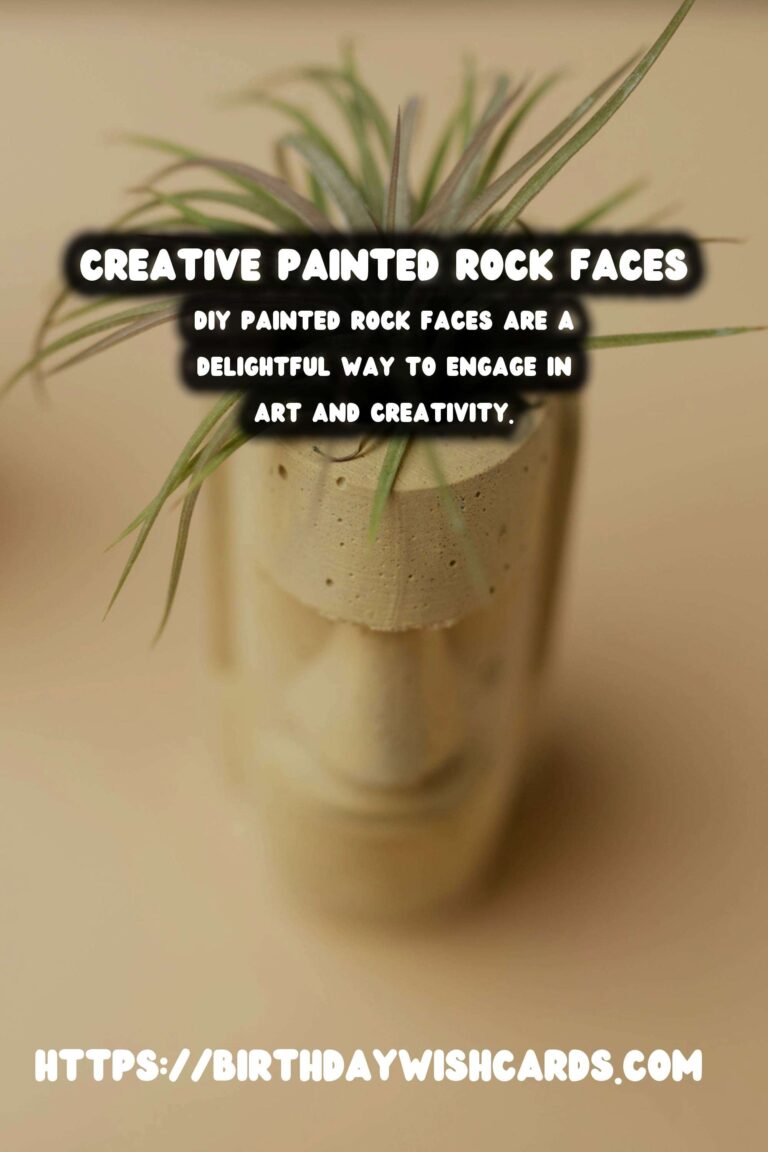
In recent years, painted rock faces have become a popular craft, allowing artists of all ages to express their creativity. Whether you’re looking to add a personal touch to your garden or simply want a fun and easy project, painting rock faces is the perfect activity. In this guide, we’ll explore the materials you’ll need, techniques to master, and creative ideas to inspire your designs.
Why Choose Painted Rock Faces?
Painted rock faces offer a unique way to engage in art, combining the natural beauty of stones with the vibrant hues of paint. This craft is accessible to everyone, regardless of age or artistic skill, making it a perfect family activity. Moreover, these charming stones can be used to decorate indoor spaces, gardens, or even as thoughtful gifts for friends and family.
Materials You’ll Need
Before you begin your painted rock face project, gather the following materials:
- Rocks: Smooth, flat rocks work best. Look for stones that are clean and free of debris.
- Paints: Acrylic paints are ideal due to their durability and vibrant colors. Consider buying a basic set to start with.
- Brushes: A variety of brush sizes will help you achieve different effects. Fine-tipped brushes are excellent for details.
- Sealant: A clear acrylic sealant will protect your artwork from the elements if you intend to place them outdoors.
- Pencil: Use a pencil for sketching your designs before painting.
Step-by-Step Painting Process
1. Prepare Your Rocks
Start by washing your rocks thoroughly to remove any dirt or grime. Allow them to dry completely before proceeding. This step is crucial for ensuring that the paint adheres properly.
2. Sketch Your Design
Using a pencil, lightly sketch the face you plan to paint. This helps guide your painting and allows you to make adjustments before applying paint.
3. Base Coat
Apply a base coat of paint to your rock. This can be a single color that covers the entire surface and provides a vibrant background for your design.
4. Paint the Details
Once the base coat is dry, use smaller brushes to add details to your rock face. Be creative with expressions and features, and have fun experimenting with different styles.
5. Seal Your Artwork
After the paint has dried completely, use a clear acrylic sealant to protect your painted rock face, especially if it will be placed outdoors. This step ensures that your artwork withstands the elements and lasts longer.
Creative Ideas for Painted Rock Faces
There are endless possibilities when it comes to painting rock faces. Here are some ideas to inspire you:
- Cartoon Characters: Bring your favorite cartoon characters to life with vibrant colors and expressive features.
- Animal Faces: Transform your rocks into cute animal faces such as cats, dogs, or even exotic creatures like giraffes and pandas.
- Abstract Faces: Experiment with abstract designs that emphasize shapes and colors over realistic features.
- Themed Sets: Create a series of rocks that tell a story or represent a theme, such as seasonal faces or holiday characters.
Tips for Success
Here are some additional tips to help you succeed in your painted rock face endeavors:
- Practice Makes Perfect: Don’t be discouraged if your first attempts aren’t perfect. Practice will improve your skills over time.
- Experiment with Colors: Play with different color combinations to find what works best for your designs.
- Use Online Resources: There are numerous online tutorials and communities of rock painters where you can find inspiration and advice.
Conclusion
DIY painted rock faces are a delightful way to engage in art and creativity. With a few simple materials and a bit of imagination, you can transform ordinary stones into extraordinary works of art. Whether you’re creating these playful faces for personal enjoyment or to share with others, the joy of crafting is sure to bring a smile to your face. Happy painting!
Painted rock faces offer a unique way to engage in art, combining the natural beauty of stones with the vibrant hues of paint. This craft is accessible to everyone, regardless of age or artistic skill, making it a perfect family activity. Acrylic paints are ideal due to their durability and vibrant colors. Once the base coat is dry, use smaller brushes to add details to your rock face. DIY painted rock faces are a delightful way to engage in art and creativity. 
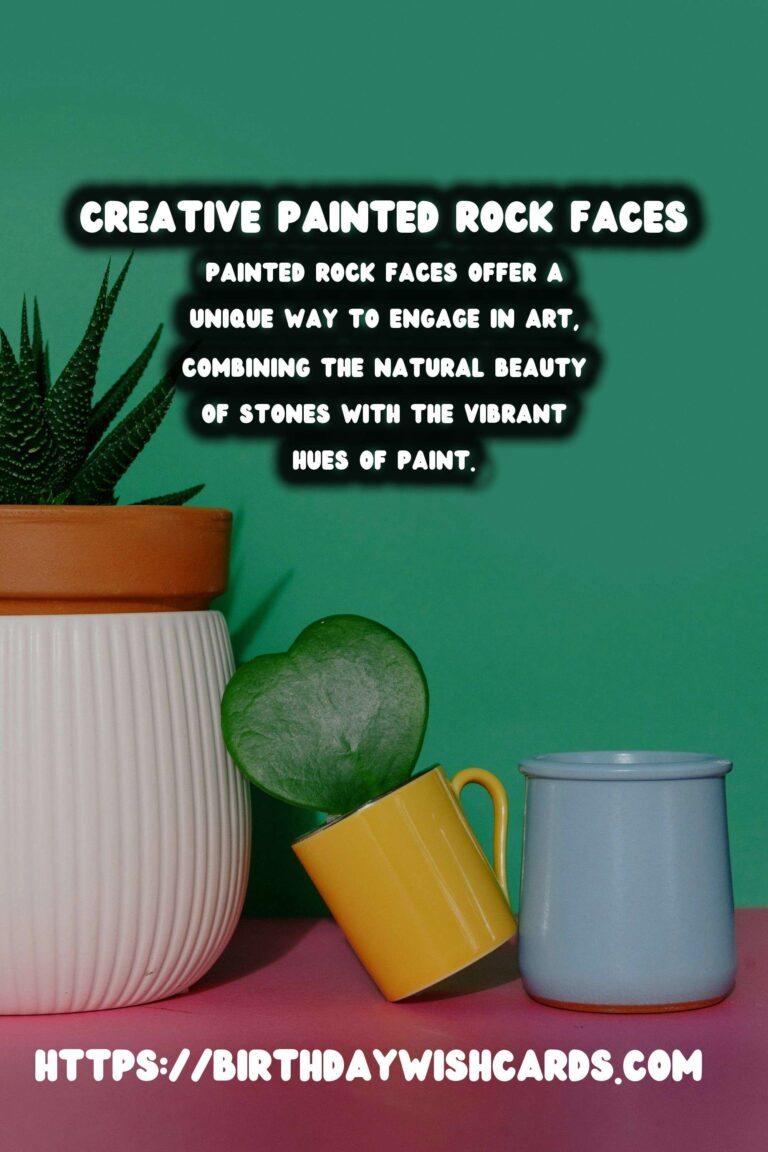
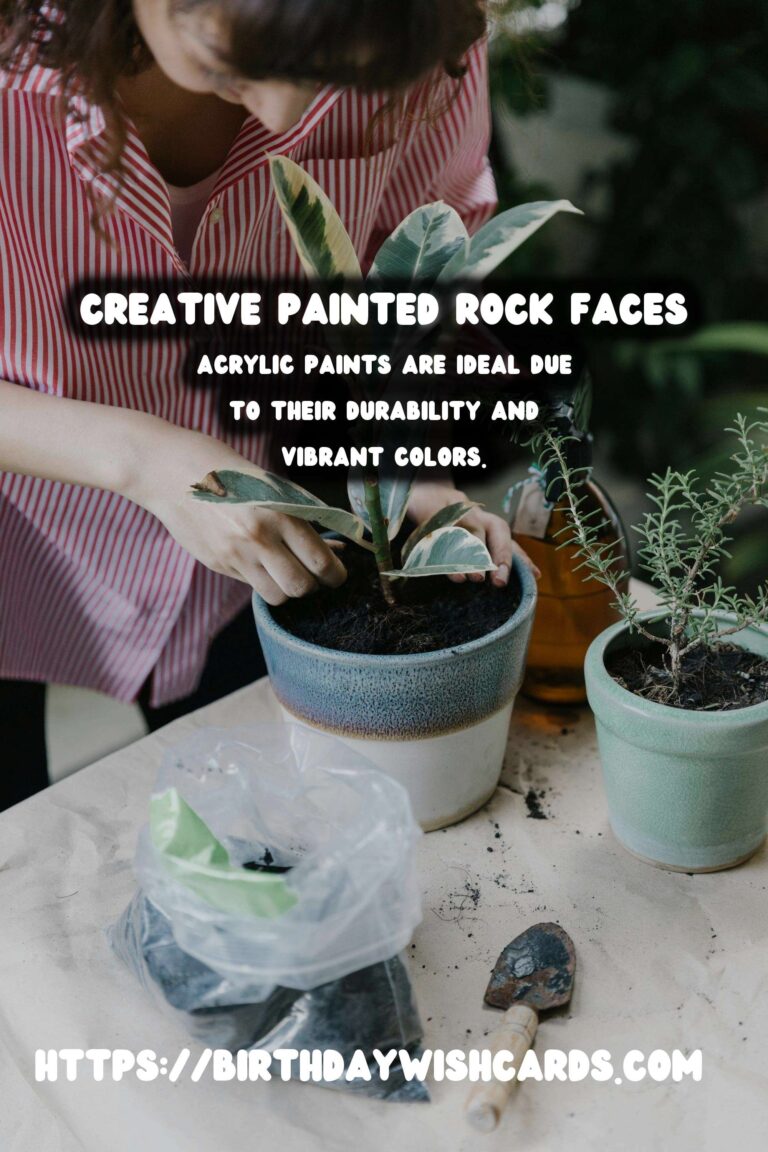
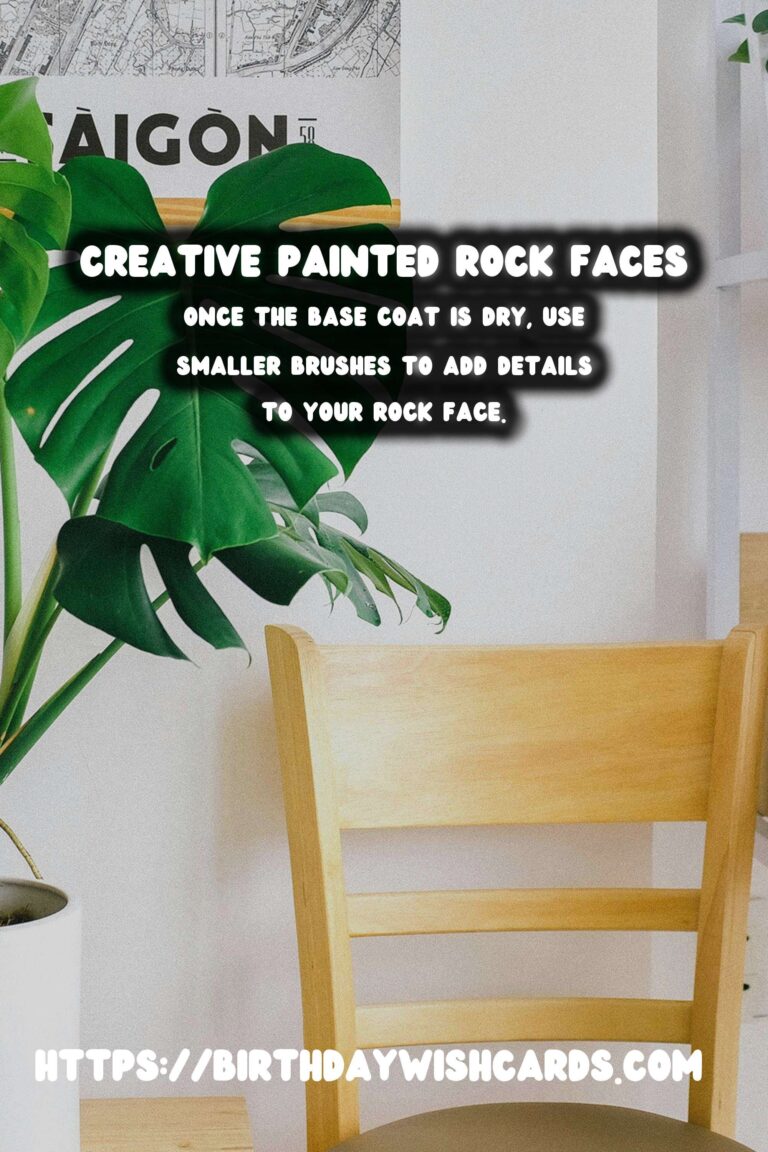
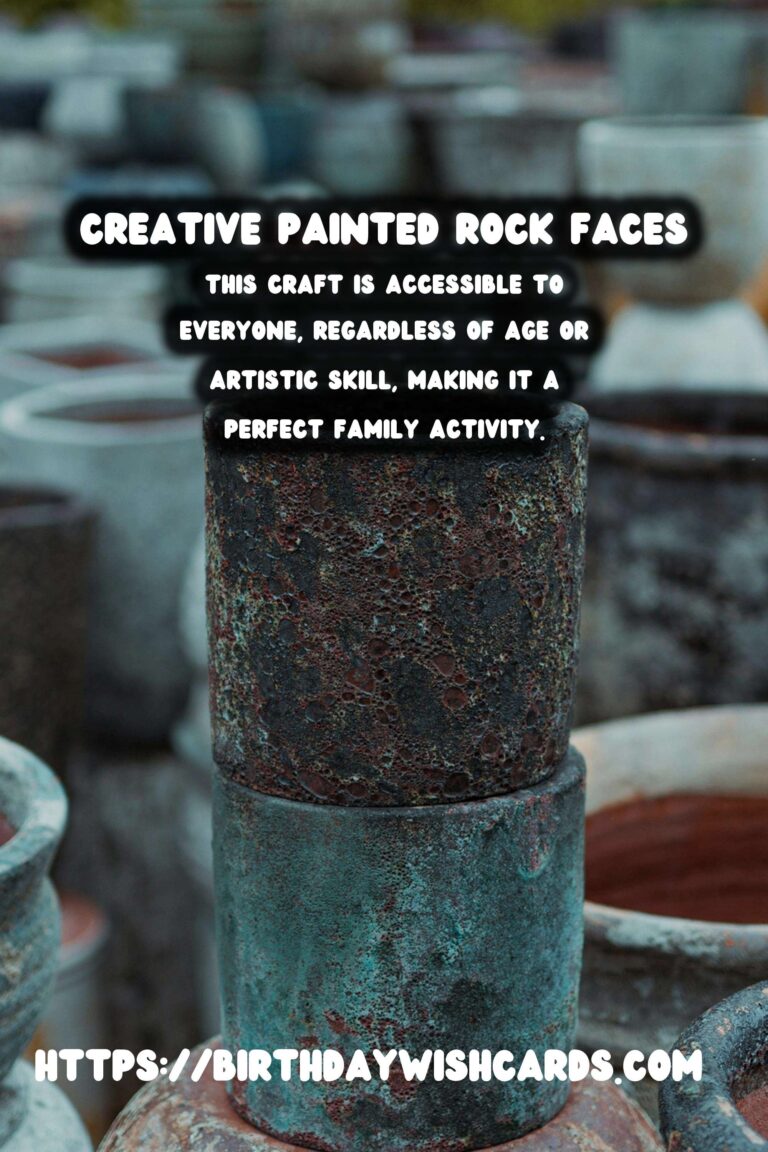

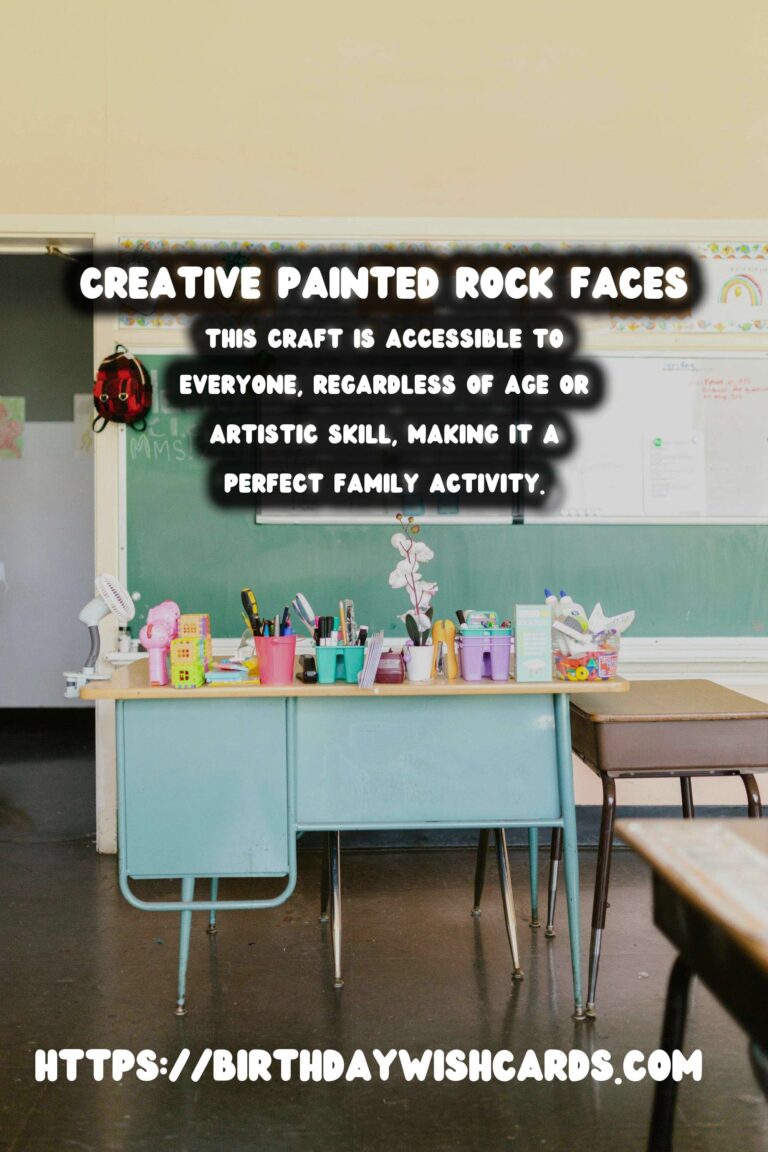
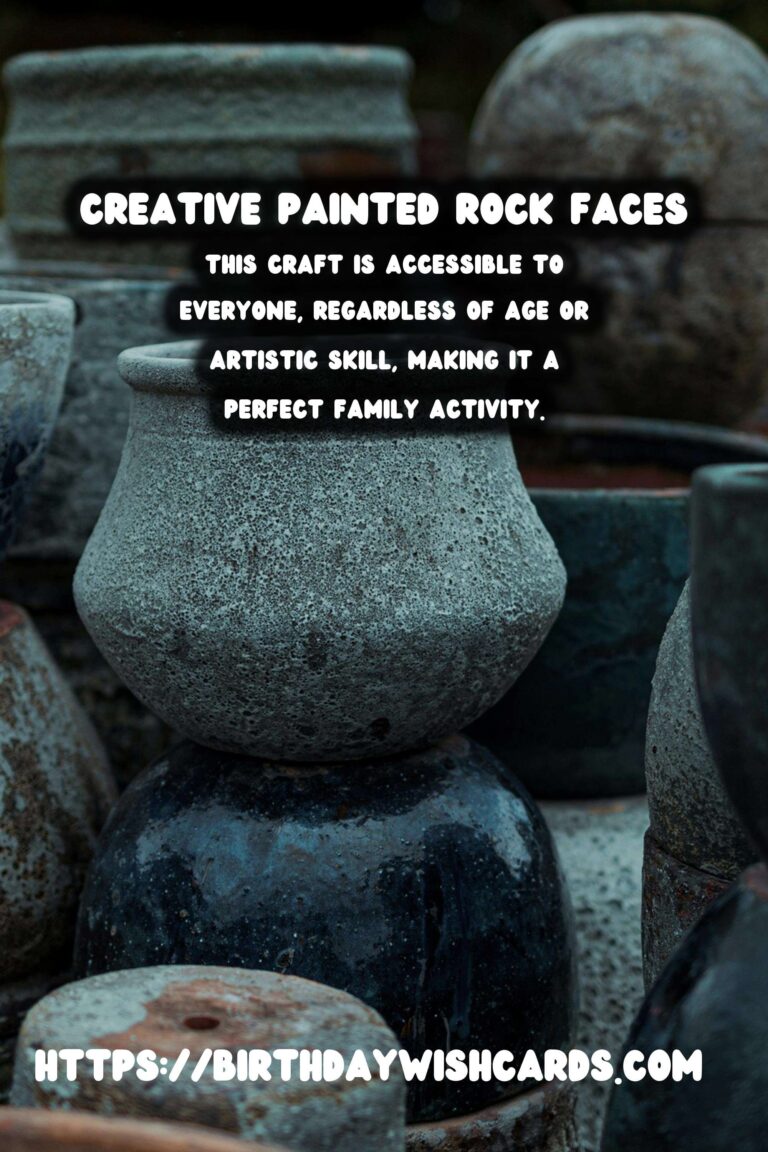
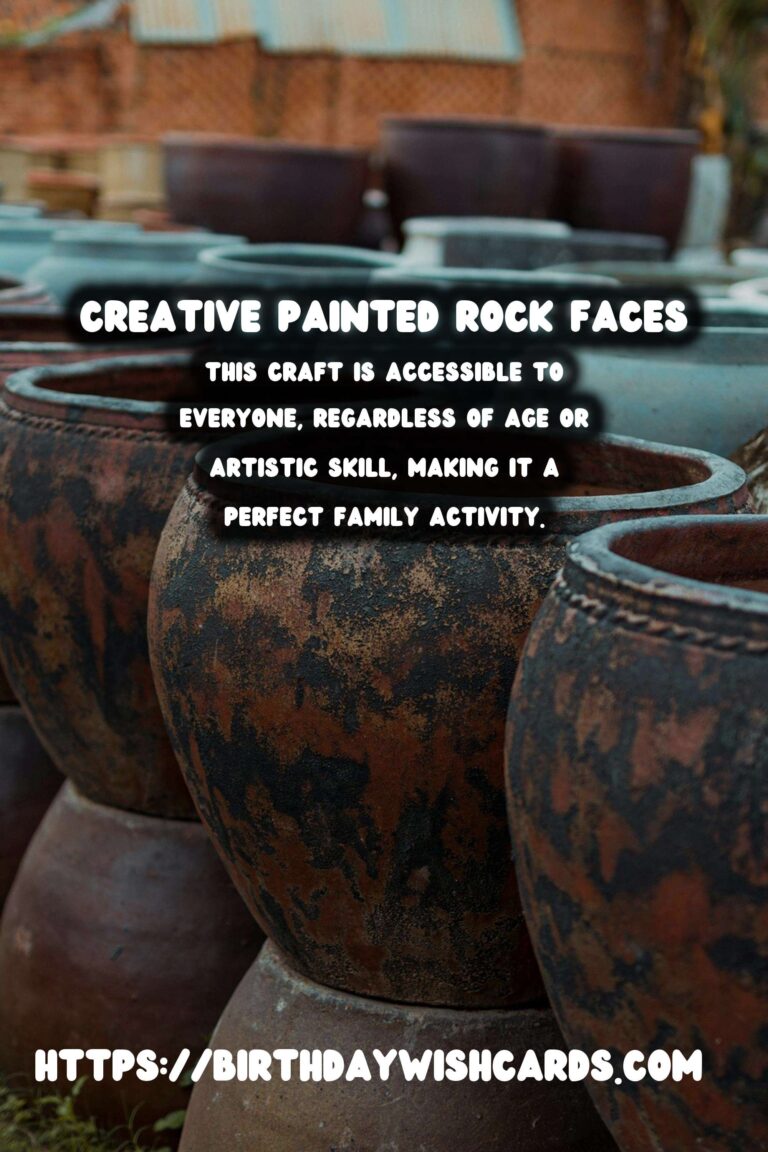

#DIY #Crafts #RockPainting #ArtProjects #CreativeCrafts




